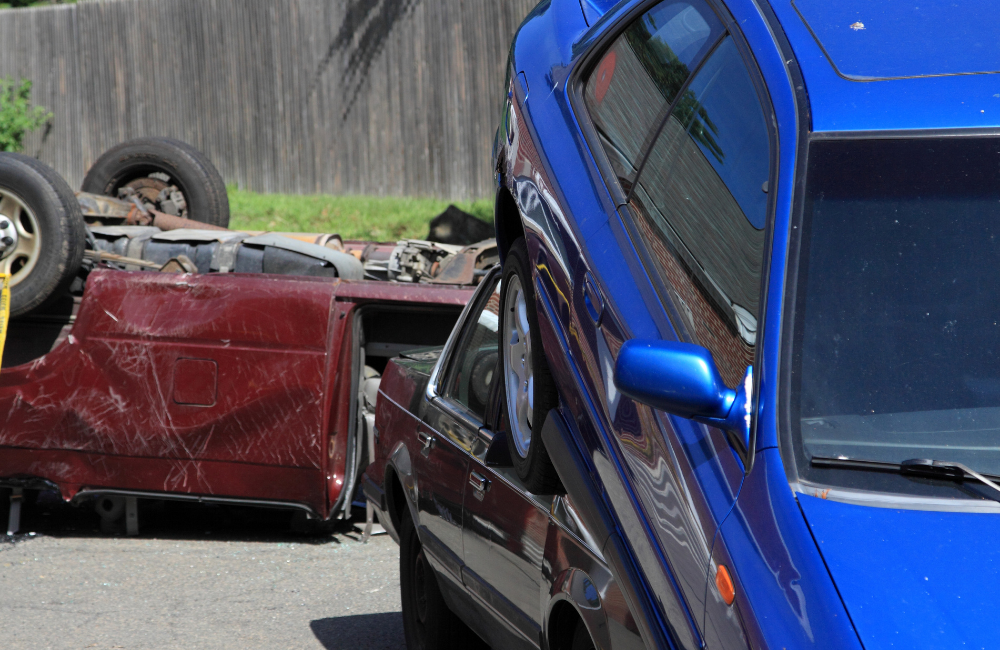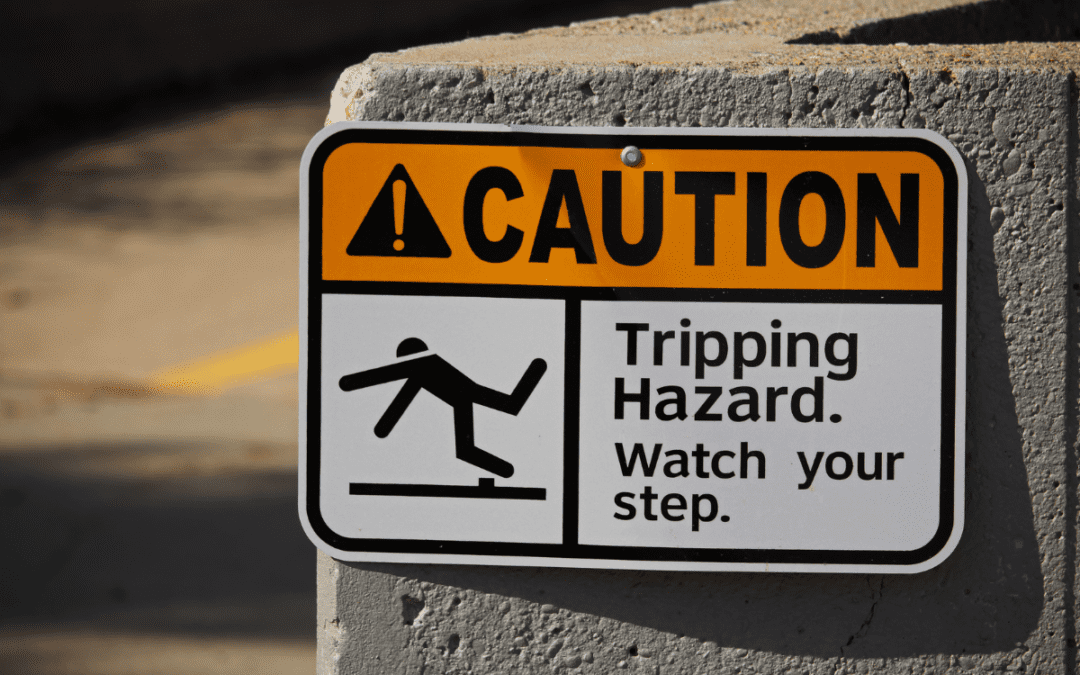How is Fault Determined in a Multi-Car Collision?
Multi-car collisions happen out of nowhere. You’re driving down the road and all of a sudden someone crashes into another person. Vehicles behind them start hitting the brakes, skidding, and maybe getting into more collisions. Within just a few seconds, a calm day becomes chaotic.
That’s a scary scenario for everyone involved. Multiple vehicles sustain damage, people get injured, and the police are trying to sort everything out.
The question that must be answered is “Who is liable for this crash?” Let’s look at how is fault determined in the state of Florida.
What Exactly Is a Multiple Vehicle Accident?
The term “multiple vehicle accident” refers to any traffic accident that involves more than two vehicles. It could involve three vehicles or it could involve dozens.
Other terms that mean much the same thing include “multi-car collision,” “vehicle pile-up,” and “chain-reaction crash.”
These types of accidents often occur in high-speed, high-volume areas like major city roads and highways. People are traveling fast and often too close to each other.
We have seen several types of collisions commonly involves multiple vehicle accidents. These include:
Rear-end collisions where one motorist hits the rear of another vehicle. The impact causes the other vehicle to move forward and hit a third vehicle.
Head-on collisions where one vehicle crosses into oncoming traffic and collides with the front of a vehicle traveling in the opposite direction.
T-bone, or side-impact, collisions where a crash between two vehicles propels one of them into the side of a third vehicle. This usually happens at intersections.
A common scenario starts with someone clipping another vehicle’s bumper. The bumped vehicle veers over into another lane and hits a third vehicle. Other vehicles may get hit or have to veer to avoid the original crash.
Another common situation involves someone hitting the brakes to avoid hitting an obstacle ahead. The vehicle behind that one doesn’t have enough room or time to stop before hitting the car ahead. This can cause a chain reaction of rear-end collisions.
In any of these cases, you need a car accident injury firm at your side.
Florida’s Comparative Fault Law
So, who is at fault in a multiple vehicle collision? Florida uses what is known as “pure comparative fault” to determine who is liable for a collision.
Florida law allows the judge and/or jury to assign contributory fault to everyone involved with the collision. While one vehicle may have caused the original collision, subsequent collisions or damage may have been the fault of other drivers involved.
For example, let’s say Car A is traveling too close to Car B, which is in the lane ahead. Car B hits the brakes to avoid an obstacle in the road ahead. Car A doesn’t have room enough to stop and rear-ends Car B. Car C, traveling in the lane behind, swerves into oncoming traffic to avoid hitting Car B. In doing so, Car C hits Car D which was traveling in the opposite direction.
Car B started the collision sequence by traveling too close to Car A. However, Car C swerved into oncoming traffic causing a second collision. Did Car B’s negligence cause Car C to swerve into oncoming traffic or did Car C act in a negligent manner that contributed to the secondary collision?
That’s what the judge and jury determine during the trial. They can assign fault to any driver in a collision, from 0% to 100%. In multiple vehicle accidents, multiple drivers can be assigned fault at the same or differing percentages.
Collecting Damages Under the Comparative Fault Law
If your Boynton Beach car accident attorney successfully litigates your damage claims, your award amount will be reduced by the amount of contributory fault assigned to you.
Let’s say you were the driver of Car 1. You sustained injuries in the accident involving Car 2 and Car 3. After trial, the jury determines that you were 20% at fault, Car 2 was 70% at fault, and Car 3 was at 10% at fault.
If the jury awards you $10,000 for your injury, you only have the right to recover $8,000. That’s a 20% reduction from the $10,000 award.
Florida also limits the amount you can collect from each driver to the percentage at fault assigned to them. So, since the jury assigned 70% of the fault to Car 2, you would only be able to collect $7,000 of the $10,000 award from the owner or driver of Car 2. The remaining $1,000 you would need to collect from Car 3.
This limitation replaces the old legal principle of “joint and several” liability. In many states, if two parties are held responsible for the same liability, a wronged party can go after one or both to collect damages. Under this old principle, Car 1 could recover the full $8,000 from either Car 2 or Car 3, no matter the amount of fault assigned to each.
Proving Driver Negligence
When you’re involved in a vehicular accident and sustain an injury, your Boynton Beach car accident attorney will use the “negligence” cause of the accident as the legal basis for your claim. To prove the other driver was negligent, the attorney must prove four things: duty, breach, causation, and damages.
The driver had a duty to operate the vehicle safely while following all related Florida laws. The driver breached that duty when failing to operate the car in a safe, reasonable, and legal manner. Due to the driver’s breach of duty, the car accident occurred. You received an injury or other damages as a result of this accident.
If the attorney fails to prove any of these four things, the legal action fails.
That’s the basics of how is fault determined in the State of Florida for multiple vehicle collisions. When you are involved in any vehicle accident that results in injuries due to another driver’s negligence, you need to talk with a qualified attorney at a car accident injury firm as soon as possible.
If you were involved in a multi-car collision, contact the Bodden & Bennett Law Group today!



